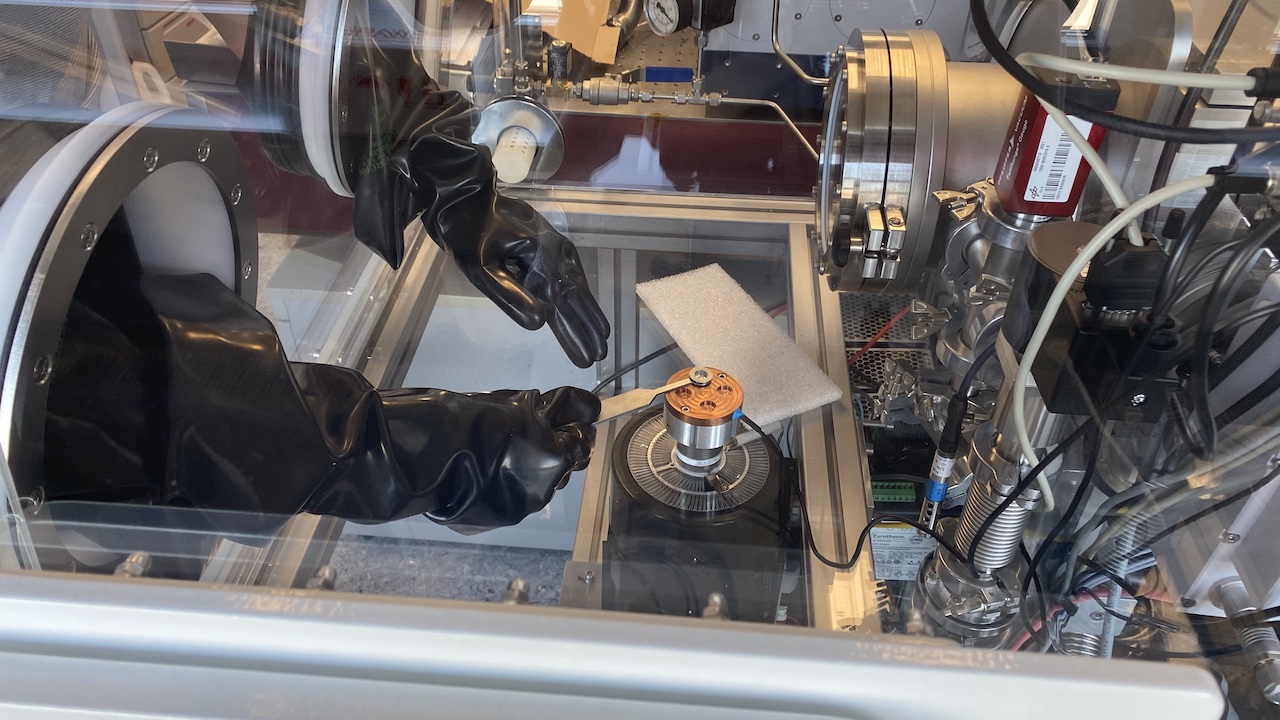Cryogenic reflectance spectroscopy under high vacuum conditions for outer planets exploration
- DLR, Institute for Planetary Research, Berlin, Germany (joern.helbert@dlr.de)
The exploration of the outer solar system will be a strong focus of planetary exploration in the coming decades. NASA New Horizon has revolutionized our understanding of the Pluto-Charon system and has obtained the first resolved images of a Kuiper Belt Object. The ESA JUICE mission was successfully launched in 2022 to explore the Jovian system. The NASA Lucy mission is on its way to explore a number of Trojan asteroids. JAXA is currently studying a mission to Trojan with the option of sample return. NASA will soon launch the Europa Clipper mission. NASA and ESA are in discussion for a mission to study Uranus and Neptune.
All these missions create a strong demand for laboratory spectra of analog materials obtained at low pressure or in vacuum at cryogenic temperatures. As a response to this demand by the planetary science community, the Planetary Spectroscopy Laboratory (PSL) of DLR is currently adding a new chamber with spectral capabilities towards low-T reflectance measurements under vacuum conditions.
This new compact low-temperature vacuum chamber allows bi-directional reflectance measurements. This chamber is attached to a Bruker VERTEX 80V Fourier spectrometer allowing measurements from UV to far infrared. A two-stage turbo vacuum pump allows high vacuum to be obtained in the system. In a future extension backfilling with gas mixtures would allow simulating the extreme low-pressure atmospheres of the outer solar system bodies.

The picture shows a view of the glove box for sample preparation that was added to the system based on the lessons learned during early tests for cryogenic measurements at PSL. Key is a cold finger with a cryocooler which allows preparation of icy samples as well as ice-dust mixtures under a dry air atmosphere. The prepared samples are fed into the vacuum chamber via the air lock at the back of the glove box. This provides maximumflexibility in preparing cryogenic samples while minimizing the risk of contamination and frost forming on the samples.
How to cite: Helbert, J., Lorek, A., Maturilli, A., Garland, S., and Alemanno, G.: Cryogenic reflectance spectroscopy under high vacuum conditions for outer planets exploration, Europlanet Science Congress 2024, Berlin, Germany, 8–13 Sep 2024, EPSC2024-1146, https://doi.org/10.5194/epsc2024-1146, 2024.